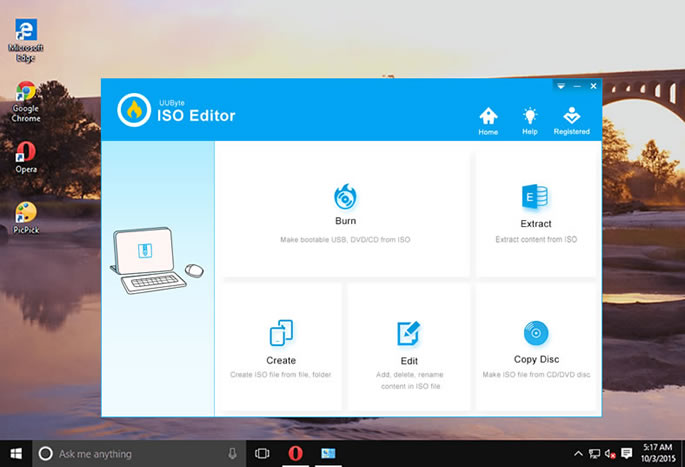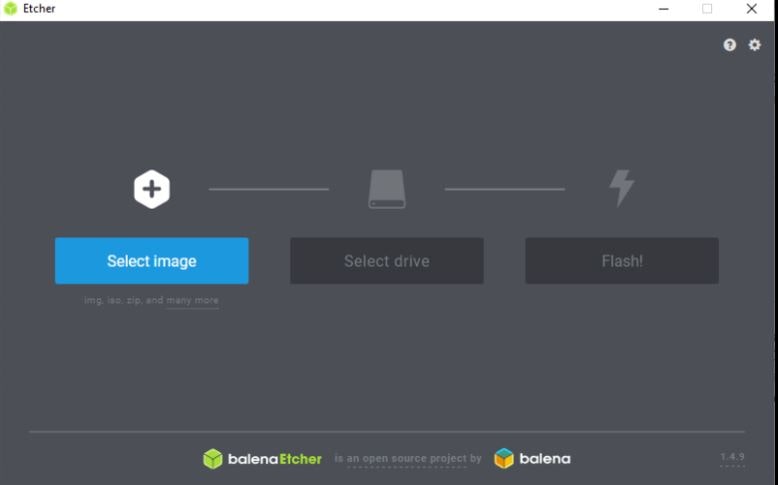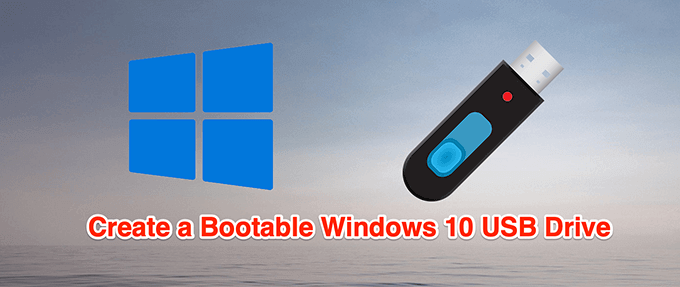

- Bootable usb drive creator tool for windows 10 how to#
- Bootable usb drive creator tool for windows 10 install#
- Bootable usb drive creator tool for windows 10 windows 10#
- Bootable usb drive creator tool for windows 10 Pc#
- Bootable usb drive creator tool for windows 10 iso#
Select Create installation media for another PC option and click on Next.ħ. On the next screen, click on Accept to Agree to Microsoft’s Terms and conditions.Ħ. Double-click on the downloaded MediaCreationTool.exe File to Run the Media Creation Tool on your computer.ĥ. On the next screen, click on Save to download the Media Creation tool on your computer.Ĥ.
Bootable usb drive creator tool for windows 10 windows 10#
Once you are on download site, scroll down and click on Download tool now button under Create Windows 10 Installation media section.ģ.
Bootable usb drive creator tool for windows 10 iso#
Open Chrome or any other web browser on your computer and visit Microsoft’s ISO download site.Ģ. Steps to Create Bootable Windows 10 USB Driveįollow the steps below to Create a Bootable USB drive for your computer.ġ.
Bootable usb drive creator tool for windows 10 how to#
If you are not sure, you can check the bit version of your computer: How to Check if Your computer is 32 0r 64-bit. Microsoft’s download tool will automatically sense the right version ( 32-bit or 64-bit) as required for your computer (You can also manually select the required version).

If you like this article, do check out how to change OEM information in Windows 10 and how enable Windows 10 sandbox feature.The USB Flash Drive needs to be a minimum of 4 GB capacity for 32-bit version download and 8 GB capacity for 64-bit version download. You are done creating bootable UEFI USB drive in Windows 10. You can now close the Rufus tool and unplug the USB drive. When the UEFI USB creation process is complete, you will hear the completion sound and see that the progress bar is at a hundred percent. Rufus now starts to create the UEFI bootable USB drive. You will see a warning message saying that the USB drive will be formatted. Make sure that the radio option “Standard Windows Installation” is selected.Ĩ. As soon as you add the ISO image, you will see additional options appear under the “Create a bootable disk using” option. In the browse window, go to where you’ve stored the Windows 10 ISO image, select it and click on the “Open” button.Ħ. Click on the disk icon appearing next to the drop-down menu.ĥ. Select the checkbox “Create a bootable disk using” and then select “ISO Image” option from the drop-down menu. Next, select the “GPT partition scheme for UEFI” option from the drop-down menu under “Partition scheme and target system type”.Ĥ. On the main screen, select your USB device from the first “Device” drop-down menu.ģ. Once download, execute the downloaded file.
Bootable usb drive creator tool for windows 10 install#
Apart from the regular installer, there is also a portable version if you don’t want to install it on your Windows machine.Ģ.

To start off, download Rufus from its official website. Additionally, Rufus supports creating bootable drives for both Windows and Linux.ġ. The best thing about Rufus is that it is filled with features and you can select whether you want to create a UEFI drive or Legacy BIOS drive. You can also use a free third-party tool called Rufus to create the UEFI bootable drive. Method #2 – Use Rufus to Create UEFI Bootable Windows 10 USB Drive

You are done creating the UEFI bootable USB drive in Windows 10. Close the tool by clicking on the “X” icon appearing at the top right corner. After completing the creation process, you will see “Status: Backup completed” message under the progress bar. The tool starts to create the bootable Windows 10 USB drive. Click on the “Erase USB Device” button to continue.ġ0. As soon as you click on the Begin Copying button, the tool will warn that the USB drive will be formatted. If not, plug in the USB drive, click on the “refresh” button, select the USB drive from the drop-down menu and click on the “Begin copying” button.ĩ. If you’ve already plugged in the USB drive, it will show up in the drop-down menu. In the next screen, since we want to create a UEFI bootable USB drive, click on the “USB device” button.Ĩ. The above action will add the file path to the tool. Go to where you’ve stored the Windows 10 ISO file, select it and click on the “Open” button.Ħ. In the main screen, you need to add ISO file. After installing the tool, find it or search for it in the start menu and open it.Ĥ. Make sure that the USB drive you are using is at least 8GB.ģ. Plug the USB drive into an empty USB port on your computer.


 0 kommentar(er)
0 kommentar(er)
